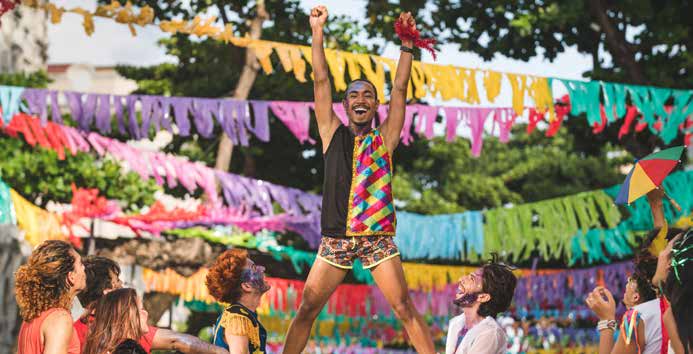
LGBTQ+ Celebrating Our Differences
Filed Under: Best Practices, Market Research, LGBTQ+, Multicultural
Anna Rossi
Senior Director, Quantitative Research
LGBTQ+—it’s a lot to remember, but it actually has the same number of syllables as “heterosexual.” It may seem overwhelming to see those letters pile up, and it seems that the order or the number of letters keeps changing, but it’s all with good reason. The term LGBTQ (LGBTQ+ or LGBTQIA+ are also sometimes used) is meant to represent an incredibly diverse and multicultural group of people, with each letter standing for one of many identities; so, there’s a lot packed into them! Those letters have a big job to do!
At CultureBeat®, we understand that it can be challenging to stay up to date on this under-represented and underserved segment. So, in celebration of Pride Month, we’ve put together this guide to familiarize you with the different terms—and how they have evolved over the years.
What Does LGBTQ+ Mean and What Does it Stand For?
Before there was LGBTQ+, the first widely used term was “homosexual,” which carried a lot of negative connotations—in part because, for many years, it was inaccurately classified as a mental disorder. The term LGBTQ+ was first used around 1996 and in recent years adding the + symbol at the end has become more common, but what makes this the more popular and widely used term?
The term “gay” was adopted by the community and widely used in the 1970s. Around this time, the term “gay-and-lesbian community” began to be used. Both of these terms were used to refer to more than just gay men and lesbians—without really representing anyone else. Then, in the late 1980s, the shorter but slightly more inclusive term “LGB” started to be used. Since that time, additional letters have been added to be more inclusive, leading to the usage of the terms LGBT, LGBTQ+, LGBTIQ, and LGBT+.
Today, LGBTQ+, LGBTQ, and LGBT+ are the most favorable terms for referring to the community. However, generally, gay men and Boomers don’t like LGBTQ+ as much as the rest of the community because they are more likely to dislike the term “queer” due to its derogatory historical use. For this reason and countless more, it’s important to understand your audience before using these terms. Furthermore, using terms such as LGBTQ-friendly or LGBTQ-welcoming is now preferred instead of “gay-friendly”; they are seen as more inclusive now that “gay” is used primarily when referring to gay men.
Though these terms are supposed to be more inclusive, it appears that when some brands market to the LGBTQ+ community, they most often are directing their marketing efforts primarily to gay men, who are more likely to be seen as a lucrative segment compared to others in the community. When many marketers think of gay men, they think of stereotypes supported by the men from the show Queer Eye—affluent, fashionable, and trendy. They’re marketing to a particular type of gay man who is going to shop and spend; whereas lesbian stereotypes appear to be much less marketable. Conversely, most people in the LGBTQ+ community— not just gay men—report they make an effort to shop brands that are their allies. This is an opportunity for brands to consider appealing to this untapped segment in their marketing plans, as only 5-6% are doing so, according to the CMI Annual Community Survey. Even the brands like Target, Apple, Amazon, and Starbucks (who this segment feels are doing a good job of reaching them) should continue to find ways to stay relevant to this group.
This Pride month, we encourage you to celebrate the whole LGBTQ+ community, which means understanding all the different types of people who make up this vibrant community. To help, we’ve compiled this guide to help you, including the different flags you might see during Pride to celebrate each identity. First, you may have noticed different versions of the traditional 6-stripped rainbow flag lately. New versions of the flag have been created by various organizations over the past couple of years that add stripes to represent often forgotten members of the LGBTQ+ community, including LGBTQ+ people of color, transgender people, and intersex people.
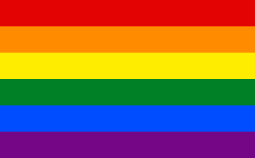
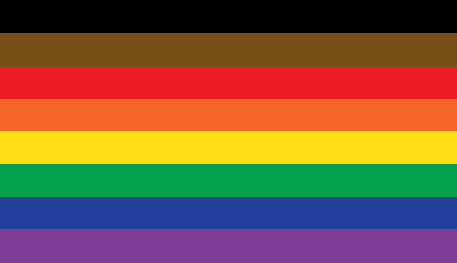
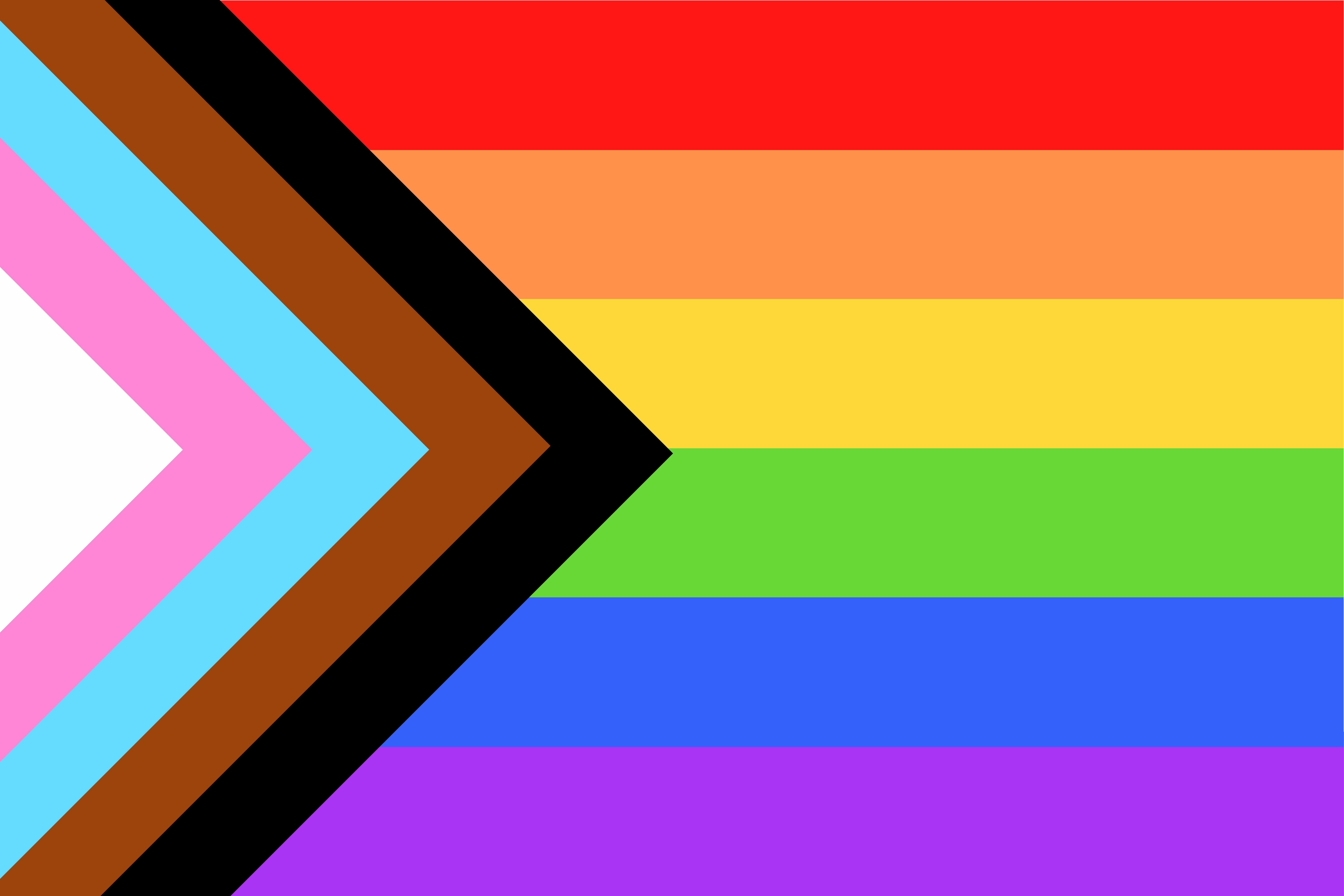
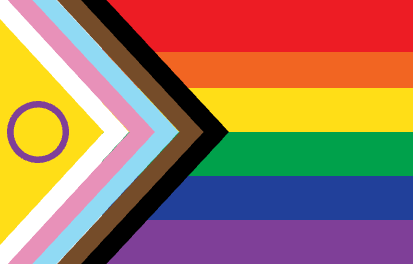
L IS FOR LESBIAN (WOMAN)
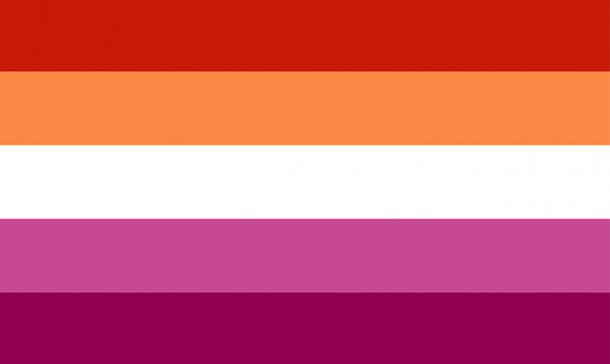
Lesbian refers to women who are sexually/romantically attracted to other women. When brands market to the LGBTQ+ community, as mentioned previously, they are often directing their marketing efforts towards gay men, while lesbians are falsely stereotyped as people who don’t buy things or go out, preferring to stay home with their cats. The CMI Annual Survey also indicates that, while lesbians are more likely to own pets than the general population, they also make purchases in a variety of other categories. Along with other LGBTQ+ people, they spend more than the general population on entertainment (music, TV, movies, concerts, theater, etc.), alcohol, computers and electronics—and other notable industries—making them an appealing under- targeted group.
The same study states that lesbians report making an effort to shop brands that are their allies—notably Subaru, Wildfang, Ben & Jerry’s, The Home Depot, Campbell’s, and JC Penney.
In addition to the traditional LGBTQ+ Pride Flag, some lesbians also celebrate with this pink flag.
G IS GAY (MAN)
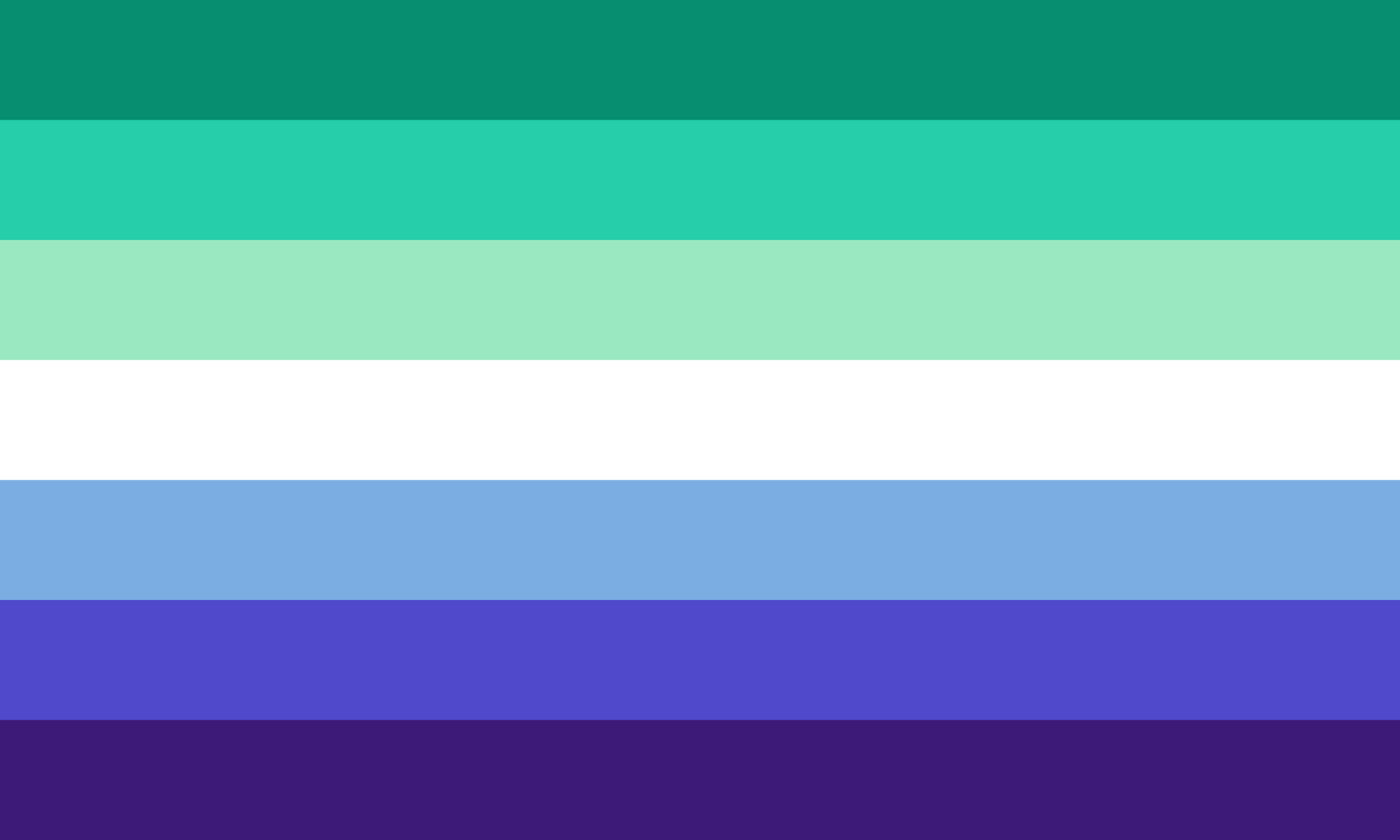
“Gay” typically refers to men who are sexually/ romantically attracted to other men. The term “gay” is also sometimes used as a kind of catch-all, referring to same-sex attraction for both men and women. This is falling out of favor, however, as it’s not very inclusive. It’s use in the term LGBTQ+ specifically refers to gay men.
While gay men shop a variety of industries, they are especially likely to travel and consume alcoholic beverages. Brands in these industries should be especially thoughtful about how they communicate with this group of men.
Gay men report making an effort to shop brands that are their allies—notably American Airlines, Delta, Levi’s, Marriott, Chase, and Hilton.
Gay men primarily use the traditional LGBTQ+ Pride Flag, but you may .also see this flag specifically for gay men.
Gender identity is how you identify in your mind, and gender expression is anything outward that you do to express how you identify in your mind.
B IS FOR BISEXUAL
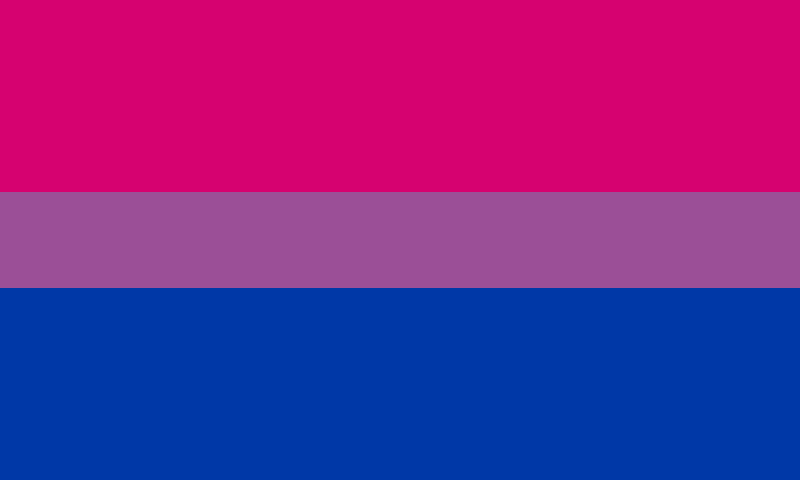
Bisexual refers to men and women who are sexually/ romantically attracted to both men and women.
There’s a lot of misunderstandings about the bisexual community that result in false stereotypes calling them indecisive, greedy, or promiscuous. Be careful that your communications are respectful and don’t accidentally tap into these stereotypes and offend this group.
In addition to the traditional LGBTQ+ Pride flag, there is also a Bisexual Pride Flag that uses traditional gender colors to represent being attracted to both men and women.
T IS FOR TRANSGENDER
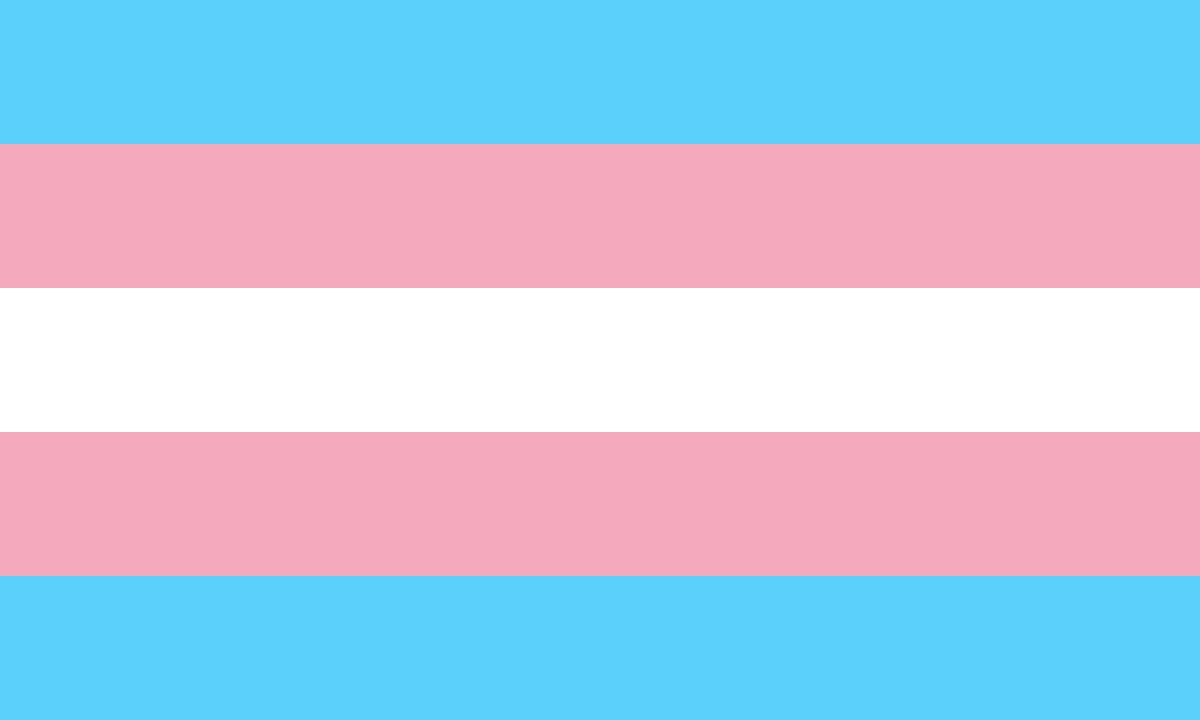
Transgender refers to people whose gender identity or gender expression (how they dress, act, etc.) differs from the gender they were assigned at birth. The terms “Trans*” or “Trans+” are also sometimes used as well.
Transgender people report making an effort to shop brands that are their allies—notably Lush and GC2B.
The transgender community also has their own flag that uses white to represent transitioning from one gender to another.
Q IS FOR QUEER
Queer is used as an inclusive term referring to non-heterosexuality. This can include sexuality as well as gender expression. Queer has a very complicated history, which is why it is sometimes excluded and why some dislike the term and find it offensive. Queer was originally used to mean weird or strange, not in reference to sexuality. It then became a derogative term, a form of hate speech, against the LGBT community, and especially gay men.
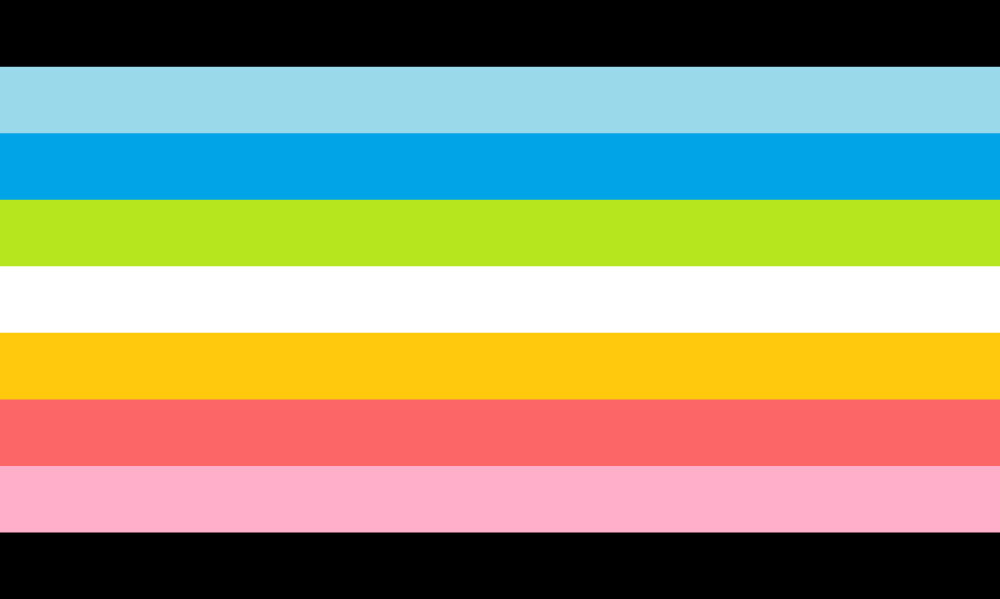
Now, the LGBTQ+ community has reclaimed the term, embracing its inclusivity, as it can be used to describe anything outside of heterosexuality and traditional gender expression or the norm.
Because it’s so broad, some people have a difficult time understanding its meaning. Anything that subverts the traditional binary of masculine men and feminine women—anything that is non-normative— can be considered queer.
- Lesbians, gay men, bisexuals, and transgender people can all be considered queer.
- Women who aren’t entirely feminine or men who aren’t entirely masculine can be queer.
- Dressing in drag or androgynously can be queer.
- Relationships that look like heterosexuality, but aren’t, can be queer—like a bisexual woman dating a man, or a man dating someone who looks like a woman but doesn’t identify as a woman.
Due to its history as discriminatory and that some still find it offensive, it’s important to be very careful when using this term. Using LGBTQ+ is still the preferred way to refer to the community as a whole, and the use of the term queer should only be used if someone self-identifies with that term.
+ WAS ADDED TO INCLUDE OTHER IDENTITIES IN THE COMMUNITY
The community is very diverse, and everyone has their own terminology that they prefer—some even prefer to avoid labels—so, the + is another way to be inclusive. Sometimes you also see other identities represented by the addition of these letters to the end of the term instead of the + sign.
Some other common identities are outlined below.
INTERSEX
Someone born with both male and female genitalia.
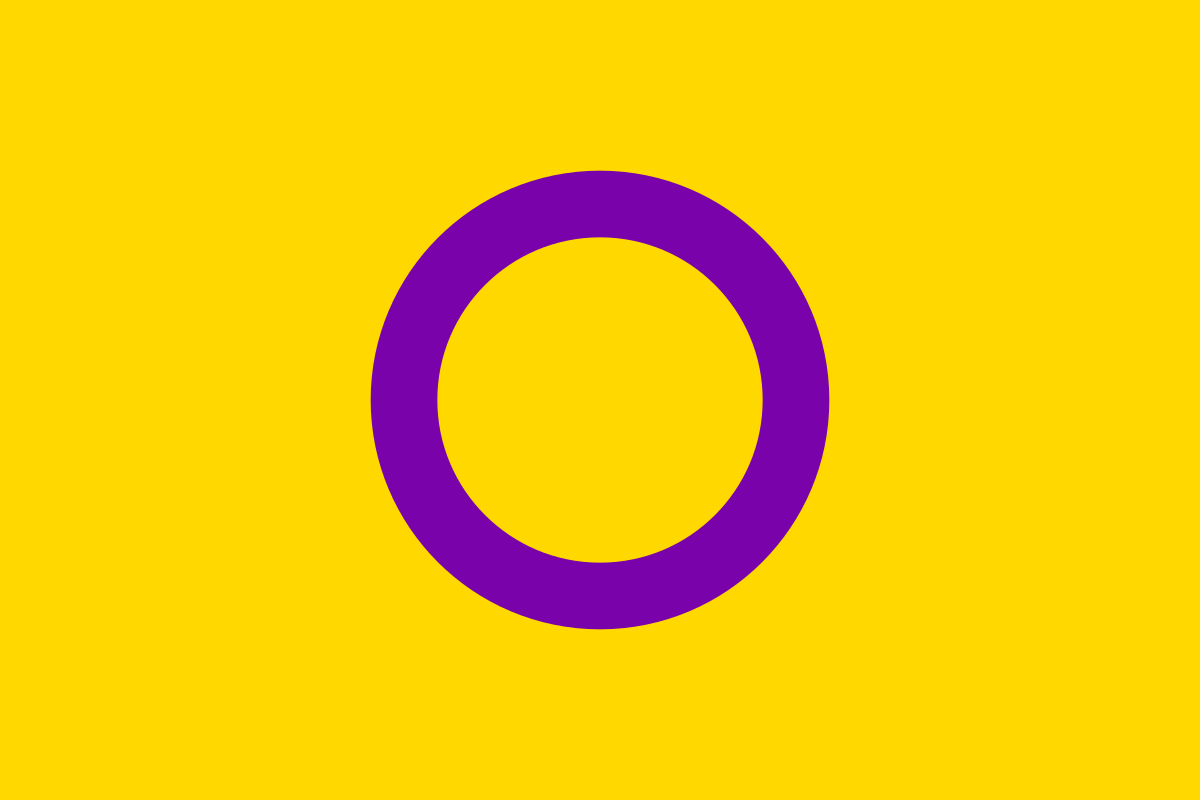
ASEXUAL
Someone who experiences little to no sexual attraction.
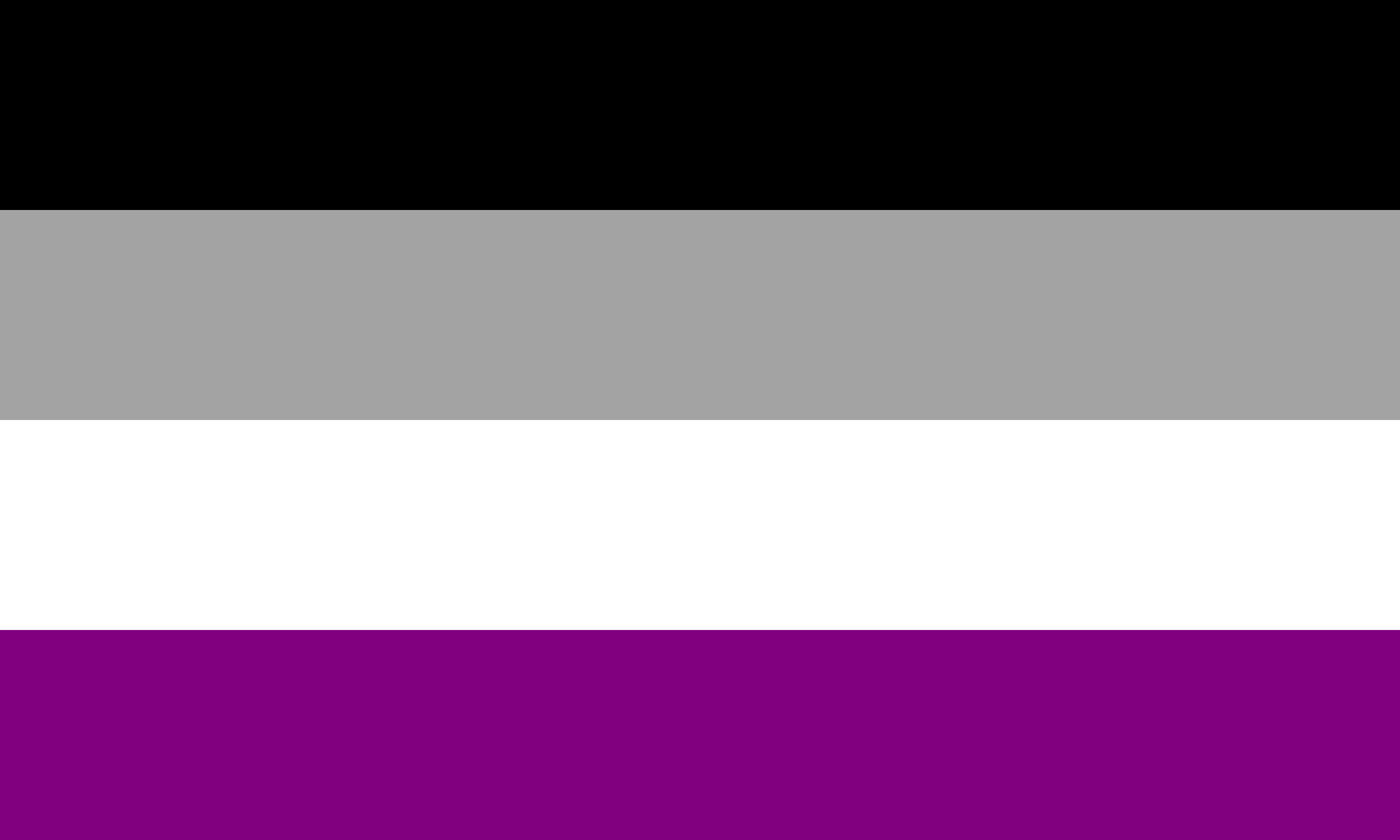
AROMANTIC
Someone who experiences little to no romantic attraction.
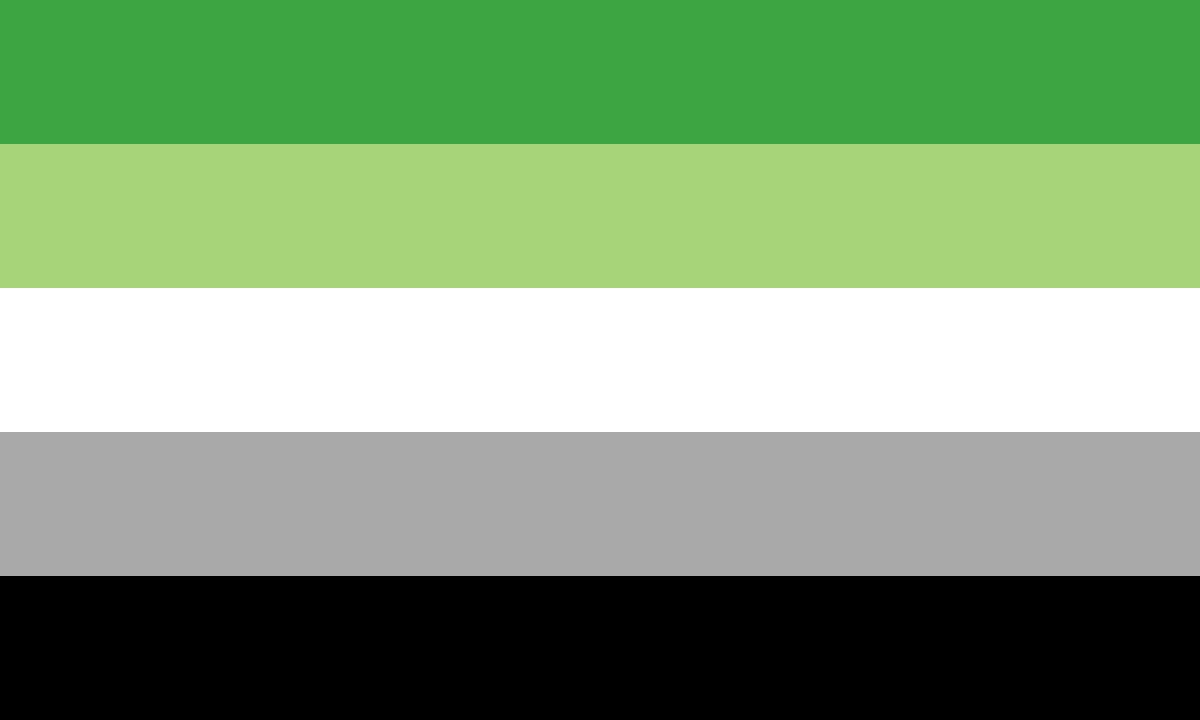
PANSEXUAL
Someone who is attracted to people regardless of their gender identity, gender expression, or biology. Younger generations are more likely to identify as pansexual.
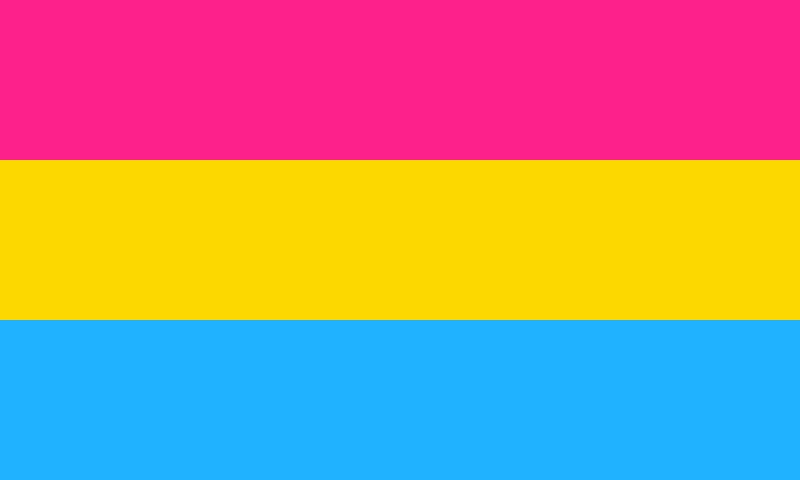
NON-BINARY
Someone who identifies as neither male nor female. They see themselves as completely outside of the gender binary. For this group, they may prefer to be called by gender-neutral pronouns such as “they” or “ze,” but if you’re not sure, simply ask. Younger generations are more likely to identify their gender as non-binary.
“They” and “ze” are popular gender-neutral pronouns that many of these groups may use. One way to create a safe space to share pronouns is to introduce yourself and share yours: “Hi, I’m Anna, and my pronouns are she/her.”
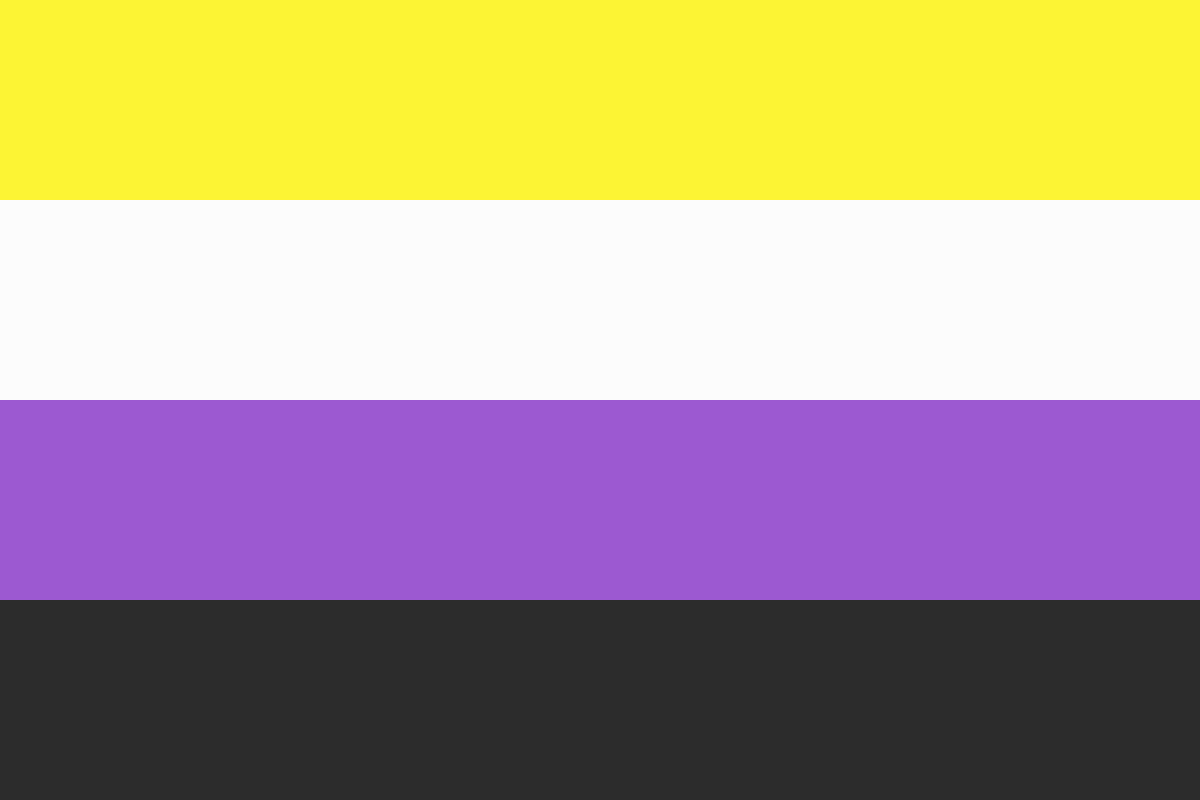
GENDERQUEER
Someone whose gender identity is outside the strict male/female binary. Their gender presentation may include both traditional masculine and feminine qualities or neither. Younger generations are more likely to identify as genderqueer.
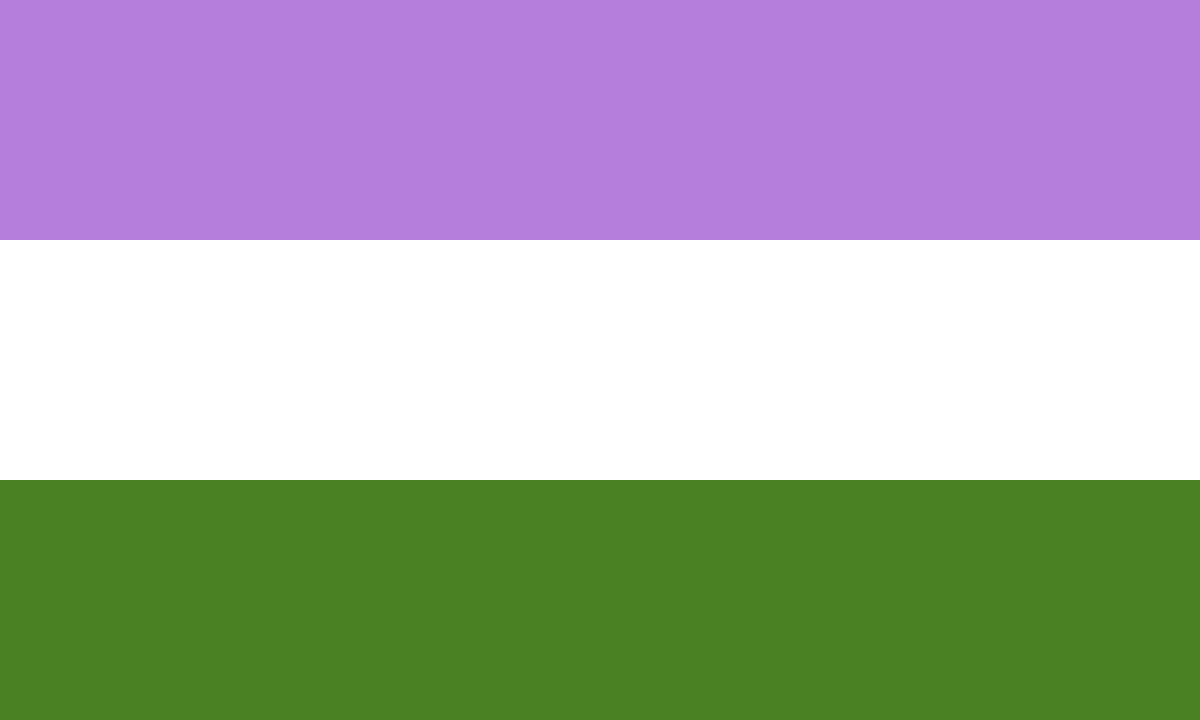
GENDER FLUID
Someone whose gender identity shifts or fluctuates. On some days, they may present more masculine and other times more feminine. Younger generations are more likely to identify as gender fluid.
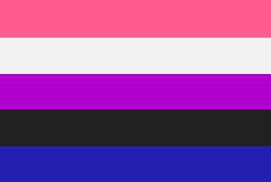
GENDER- NEUTRAL /AGENDER
Someone who prefers not to be described by their gender. They reject gender completely. Younger generations are more likely to identify with the term.
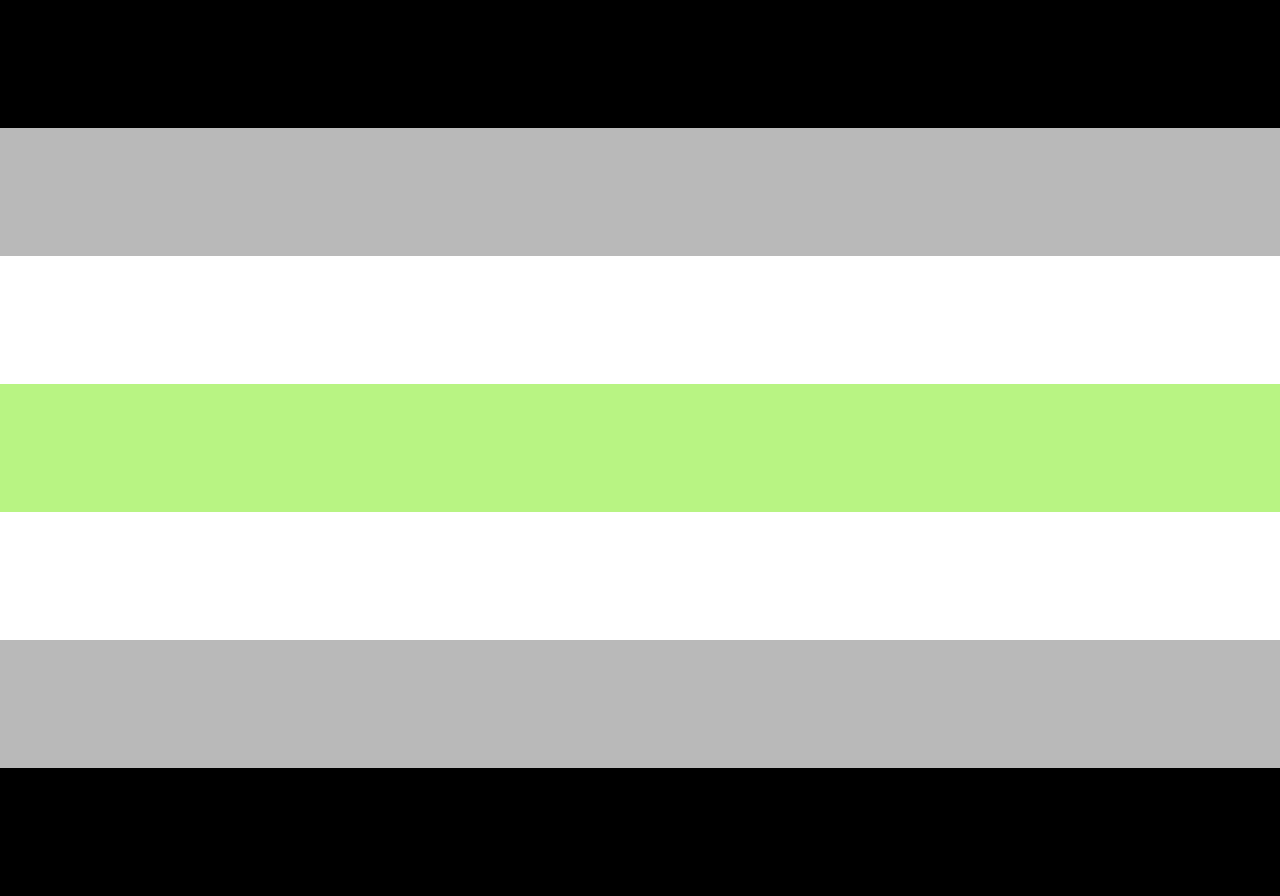
OUR POV
LGBTQ+ consumers have been around for a long time, and they’re more visible and important now than ever. Brands who want to grow or stay strong in the overall marketplace owe it to themselves to figure out what this significant segment needs. It is okay to ask—in fact, go out and ask! This group appreciates being asked for their opinions, and a little research can go a long way towards meeting their needs and earning their loyalty. As a brand, you shouldn’t be paralyzed by the fear of going outside of traditional views of customers’ gender identity or because “we’ve never done anything like this before.” Let us know how we can help you design a study to ask the right questions to get LGBTQ+ consumers in your corner.
explore featured
Case studies

